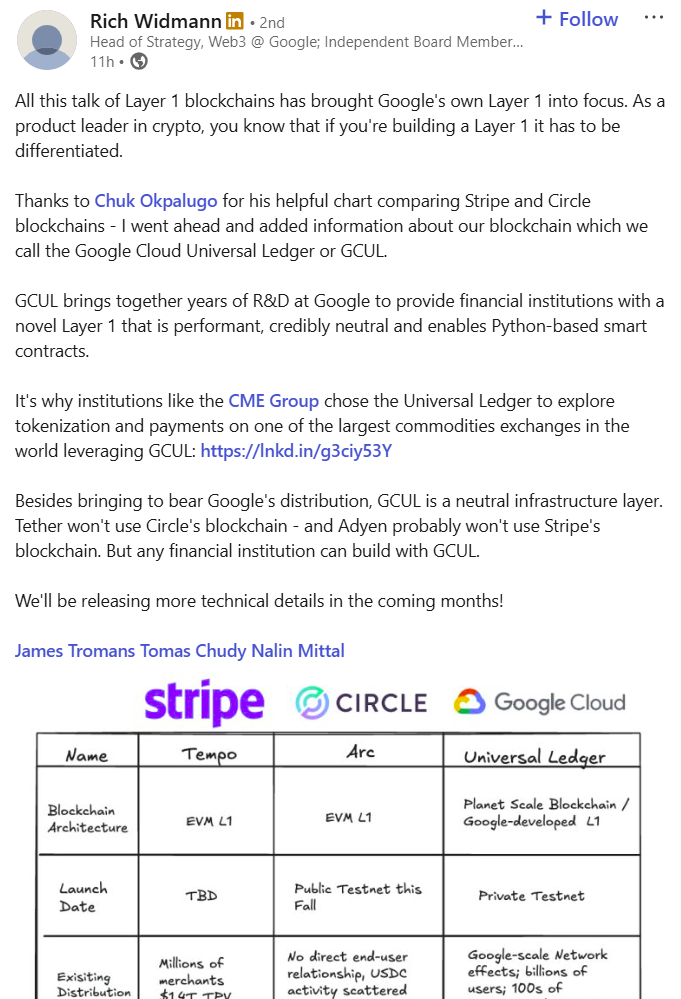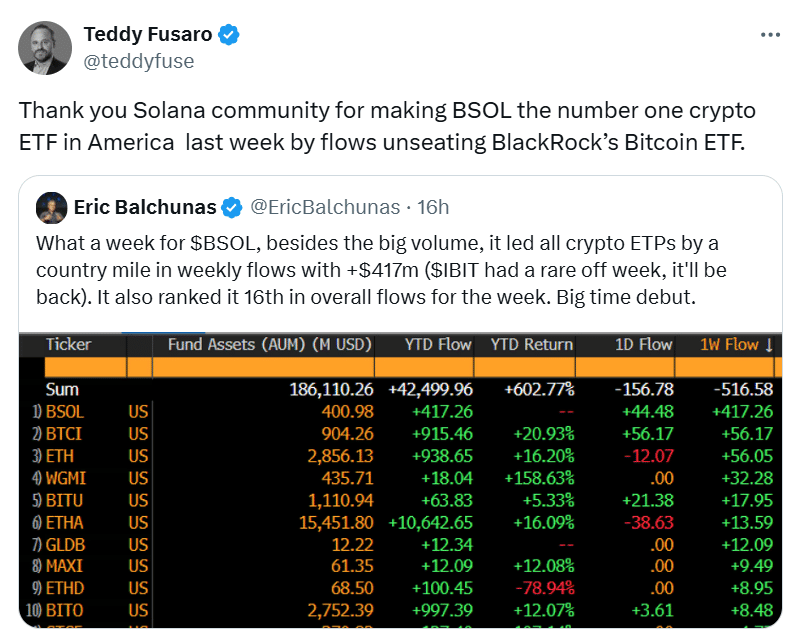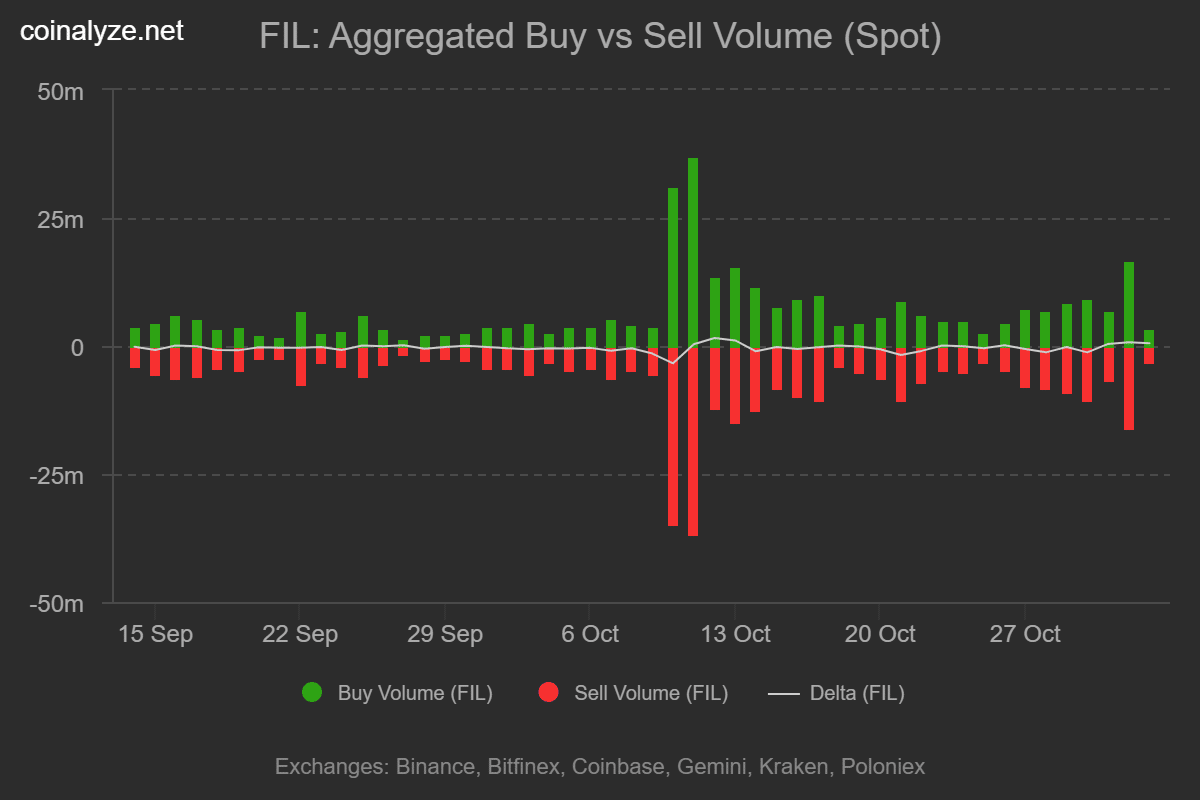How Google Cloud’s Python-Powered Blockchain Could Rewrite the Rules for Institutional Investors—Are You Ready to Ride the Wave?
Ever wonder what it takes for a tech giant like Google to jump into the blockchain arena—not with just any project, but a Python-based, layer 1 blockchain tailored specifically for institutional players? Well, Google Cloud is not just dipping its toes; it’s diving headfirst with its Universal Ledger, or GCUL as insiders call it. This platform isn’t your typical crypto playground—it’s designed to give financial institutions a neutral, flexible foundation to build on, bypassing the usual turf wars we see with other blockchain contenders. Backed by heavy hitters like CME Group, GCUL aims to revolutionize tokenization and payment solutions with an enterprise-friendly twist. The big question is, can Google’s entry reshape how institutions embrace blockchain, or will it just be another chess move in an already crowded space? Let’s unravel what makes this blockchain initiative stand out and why it could matter to anyone watching the future of digital finance. LEARN MORE
It’s Google Cloud’s Universal Ledger, which was first unveiled in March through a joint announcement with CME Group.

Key Takeaways
- Google Cloud strategy head calls its new universal ledger a layer 1 blockchain.
- The platform has already attracted major institutional interest, with CME Group, one of the world’s largest commodities exchanges, selecting GCUL to explore tokenization and payment solutions.
Share this article
Google Cloud is developing a layer 1 blockchain platform called Google Cloud Universal Ledger (GCUL), designed for financial institutions and featuring Python-based smart contracts, Rich Widmann, Global Head of Strategy for web3 at Google Cloud, shared in a LinkedIn post.

Google Cloud Universal Ledger was first unveiled in March through a joint announcement with CME Group outlining plans to pilot tokenization and wholesale payments on the new distributed ledger.
The companies did not explicitly call GCUL a layer 1 blockchain upon announcing the initiative.
CME Group said it had completed the first phase of integration and testing, calling the technology a step toward low-cost, 24/7 settlement for collateral, margin, and fees. Direct testing with market participants is scheduled to begin later this year, with new services targeted for 2026.
In his latest post, Widmann placed GCUL alongside layer 1 solutions developed by Circle and Stripe in a comparative chart originally shared by Chuk Okpalugo, Head of Product at Paxos. He said that Google-developed layer 1 aims to differentiate itself as a neutral infrastructure.
“Tether won’t use Circle’s blockchain – and Adyen probably won’t use Stripe’s blockchain. But any financial institution can build with GCUL,” he stated, adding that more specs on the system are slated for release in the coming months.
Following its successful IPO, Circle announced the upcoming launch of its layer 1 blockchain, Arc, set to deploy on the public testnet this fall with features tailored for stablecoin payments, FX, and capital markets.
Stripe is also developing a new layer 1 blockchain called Tempo, focusing on high-performance payment solutions, which is compatible with Ethereum’s coding language.
The project, still in stealth mode, involves a partnership with Paradigm and is part of Stripe’s ongoing expansion in the crypto realm.
Share this article





















Post Comment